
https://youtu.be/ahnl7GaV_rU?si=FjewrbUqW3a9adDi
Doctor explains INTERMITTENT FASTING for weight loss + METHODS and 10 FOODS TO EAT AND AVOID!
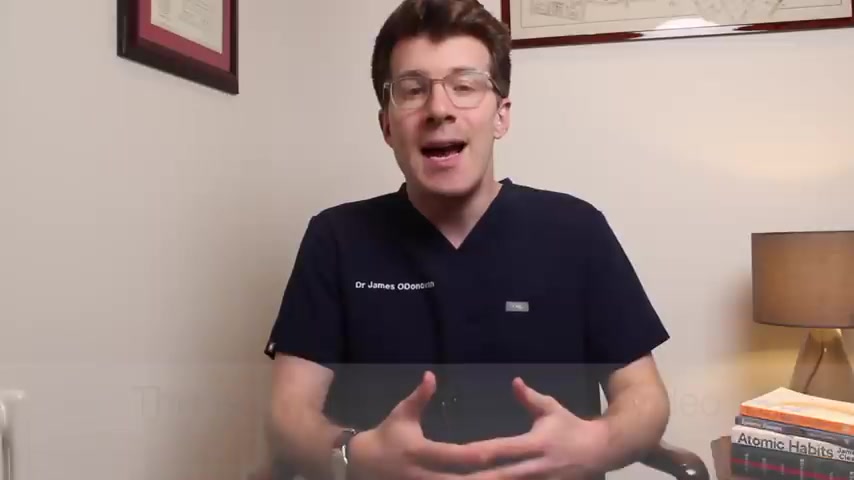
in this video , we're going to discuss the role of intermittent fasting to facilitate weight loss , including the science behind intermittent fasting , how it works in practise side effects and tips for what you could eat and also foods to try and avoid .
Now , before we get into the main section of the video , I do want to stress that I've designed this as a general educational resource .
It's not a clinical advice video , and I'd strongly suggest that if you do have a medical condition such as diabetes and you're thinking about making changes to your diet , you should first discuss this with your healthcare provider , especially if you're taking medication .
So let's start off the video by discussing what intermittent fasting is well put .
Quite simply , intermittent fasting involves cycling between periods of fasting and eating .
And there are two main ways of doing this in practise , and we'll discuss these in more detail later in the video .
These are essentially called the 52 or 16 8 diets .
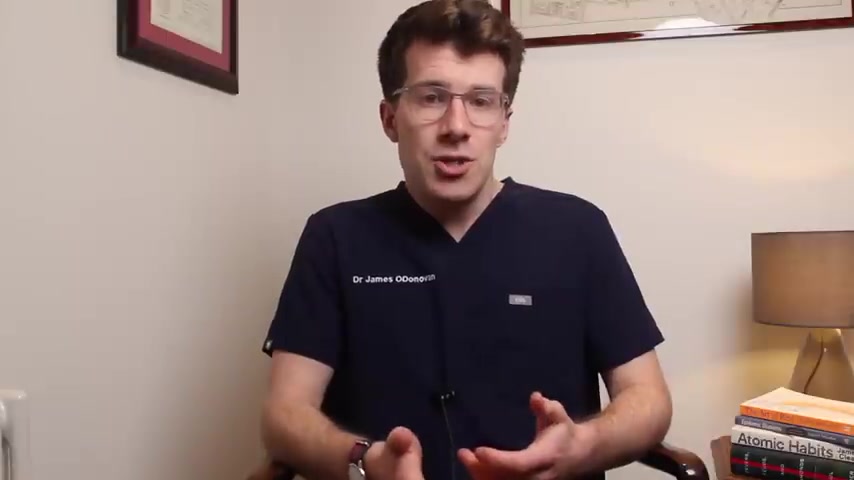
We'll discuss the specific size behind intermittent fasting in the next section of the video .
But in a nutshell , when you fast you use up stored energy by burning excess body fat , and this results in weight loss .
So now that we have a basic understanding of what intermittent fasting is , why don't we briefly look at the science behind intermittent fasting ?
Because I do think that it's worth trying to understand what the theory behind intermittent fasting is to try .
Help us make sense of how this particular form of dieting does help us to lose weight .
So when we eat , we take in more energy from food than can immediately be used by the body .
A hormone called insulin is produced when we eat , which breaks down carbohydrate into glucose .
Glucose can then be used by the cells for energy , or it can be stored in the liver or muscle as glycogen .
When we need a quick source of energy or the body's not getting glucose from food , the glycogen is released from the liver and broken down into glucose and sent into the bloodstream .
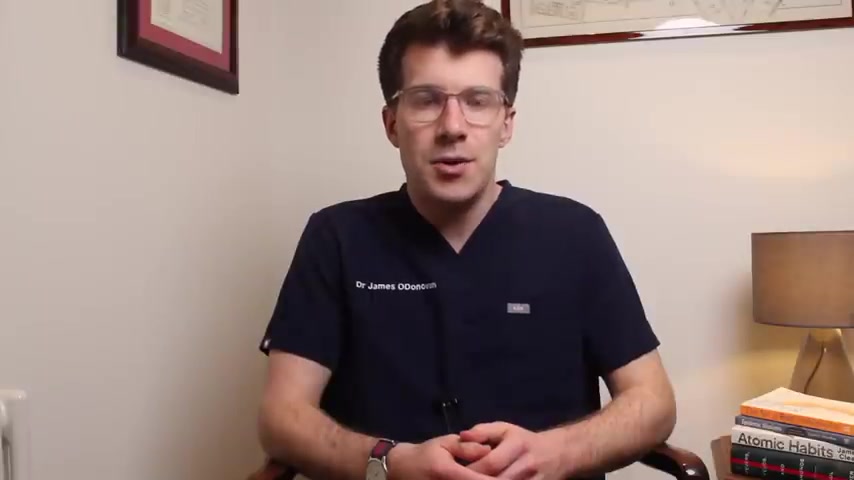
However , there's limited storage space for glycogen , and once stores are full , the liver will turn excess glucose into fat .
Now some of this fat will be stored in the liver , or it will be exported to other fat deposits in the body .
Now when you fast the insulin levels fall , this signals the body to start burning stored energy , and one of these stored energy sources that the body can use is glycogen in the liver , and the body will use that first as its most accessible .
After the glycogen's been used up , the body will start to break down fat to get the energy that it needs .
If we start to burn the stores of energy such as the glycogen or fat , then in theory we should lose weight .
So now we know a little bit more about the size behind intermittent fasting .
Well , what are the different methods for fasting ?
Well , the two most well known methods for intermittent fasting are the 52 Diet .

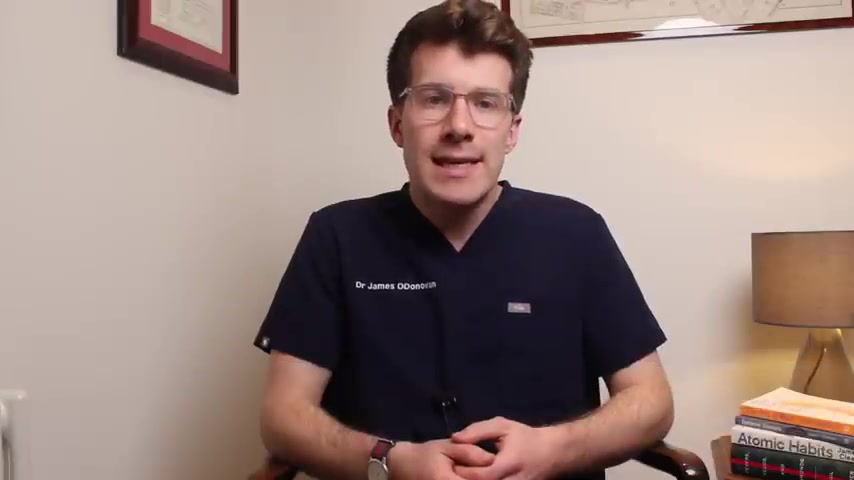
This is where you normally eat for five days a week , then eat only around 500 to 600 calories on the other two days .
The second option is time restricted eating where you have a long period in the day when you don't eat With the time restricted eating , most people choose something called a 16 8 cycle .
This involves not eating for 16 hours of the day , then having an eight hour eating window , and generally this diet form is done daily or almost daily .
Intermittent fasting can help you lose body fat as it works out to approximately a 25% total calorie deficit for the week .
However , you do need to be mindful of the foods that you're eating in a fed state .
If you overeat or you're eating high calorie foods , then you won't see the weight reduction that you're looking for .
So now we know a little bit more about the two main practical methods for intermittent fasting .
Why don't we look at five foods that you might want to consider incorporating into your diet and also five foods to try and avoid ?
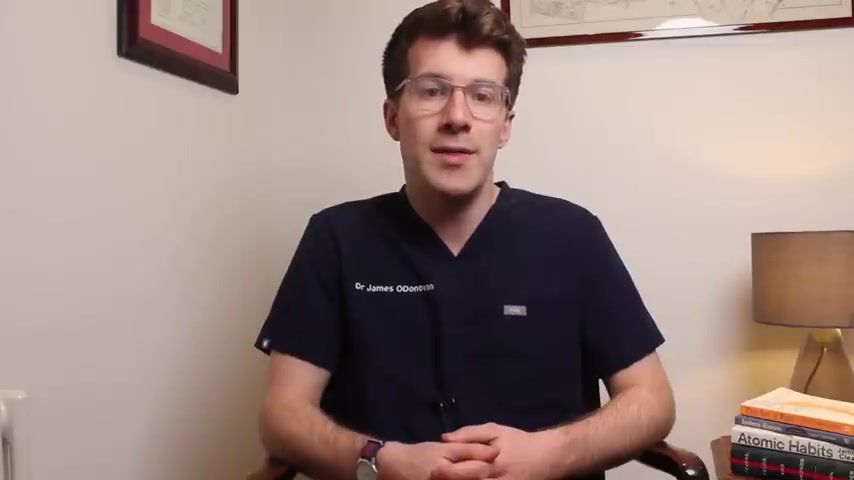
So for the days and times that you're not fasting , you're going to want to try and keep your diet in line with general healthy eating guidelines and to help you with this , I'm going to highlight some key food groups that you might want to consider so the first of whole grains these come under your starchy carbohydrates , and these will provide slow release of glucose into the bloodstream .
They're also an important source of fibre , vitamins and minerals and examples of These are oats , whole grain bread , whole grain pasta as well as brown rice .
Now the second food group are lean meats and fish , and these are important because they're packed full of protein , and this is essential for the growth and repair of muscles and tissues .
The best kinds are lean meat , such as skinless chicken and low fat turkey .
White fish , such as haddock or cod , are lean sources of protein and oily fish like salmon , sardines , tuna , mackerel .
They're full of omega three fatty acids , which are important for brain and heart health .
Now the third third food group to consider are dairy products , which can be a rich source of calcium , which is really important for bone health .
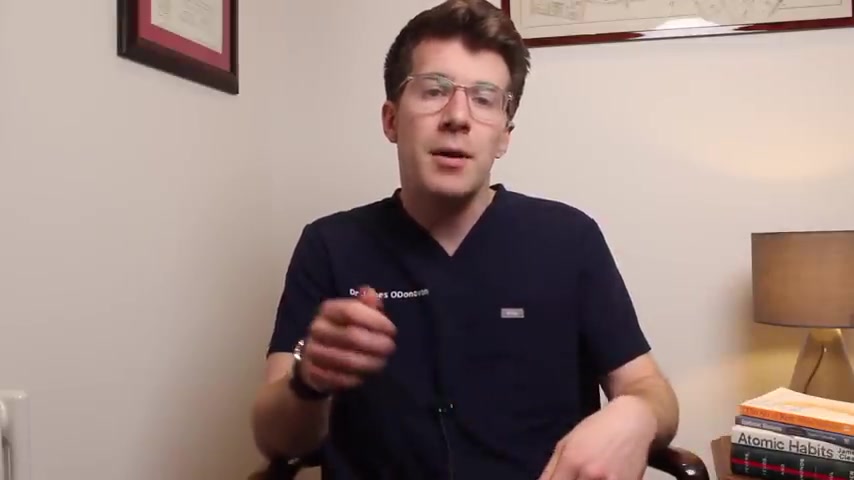
But you should try to choose low fat varieties of dairy products , things like skimmed milk and low fat Greek yoghurt .
Fourth group are obviously fruits and vegetables .
These providers , with an important source of vitamins and minerals as well as fibre and finally , lentils , beans and pulses are also good because they're low in fat and they're an important source of protein fibre as well as vitamins and minerals .
Now those are the five foods groups that I think you should try and incorporate into your diet , but some people will ask .
Well , what foods should I avoid ?
Well , on an intermittent fasting diet , foods that you should avoid are things like refined carbohydrates .
This means carbohydrates have been highly processed , and they contain little of the original grain .
And this is important because these foods are going to cause a rapid spike in your blood glucose levels .
And these are things like white flour , white bread , white rice , white pasta , many breakfast cereals .
They're usually packed full of unrefined sugars .

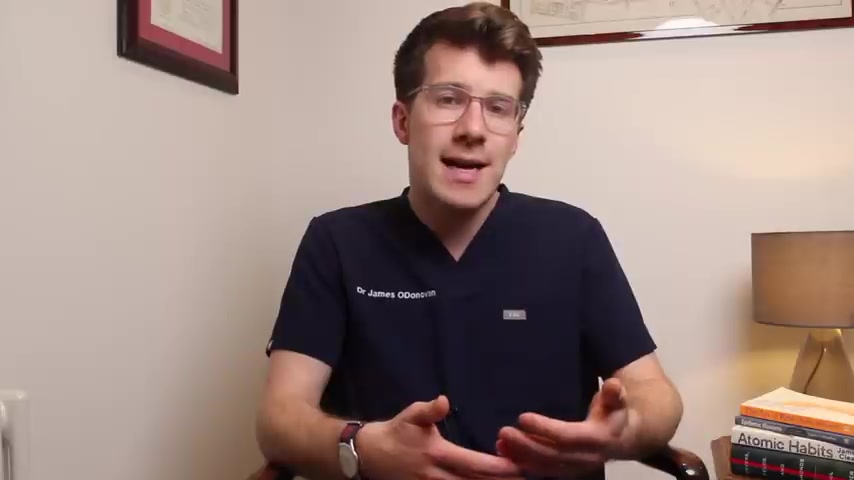
The next one is obviously sugar , and this includes simple sugars like table sugar maple syrup but also foods that contain added sugar .
Things like sugary drinks , sweets , chocolates , ice creams and biscuits .
Now the other food group to try and avoid are complex animal fats .
These are things like dripping and lard , and these should be avoided on a low fat diet because they're high in saturated fat .
You should also try and avoid too much red or pro processed meat so meats like bacon and sausages .
These contain lots of saturated fats and try stick to lean meats or try to cut any visible fats off if you're eating meat .
Finally , processed foods .
These are foods that have been altered in some way during preparation things like cakes , pastries and biscuits , as well as pies and convenience foods .
They tend to be high in calories due to the amount of saturated fat as well as added sugar .
So what are the possible side effects of an intermittent fasting diet ?
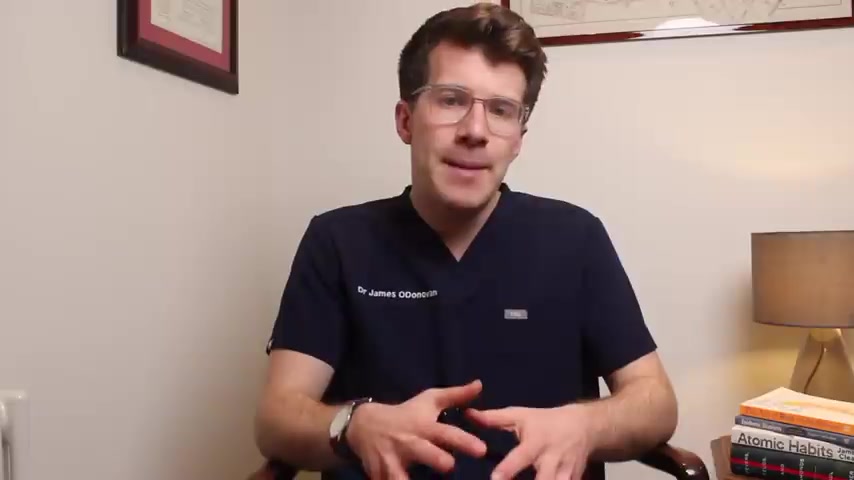
Well , some people might experience headaches and constipation , but the risk of this can be minimised by making sure you're drinking plenty of fluids on the fasting days , as well as eating plenty of vegetables and fruits again .
I do want to stress that if you're considering the intermittent fasting style of dieting , then please consider in the risk of your own personal health and medical conditions .
And if you've got any questions or concerns before starting this diet , then please do try to speak to a trained and registered dietitian or your doctor who will be able to advise you on the sustainability as well as suitability of this in relation to your own personal medical history .
So that brings us to the end of this video .
I hope you enjoyed it as well as learn something new .
And if you did , please remember to consider liking the video , leaving me a comment if you've got any other thoughts , or you want to share your experiences with intermittent fasting both positive and negative , and subscribe to the channel for weekly medical education videos .
If you've not done so already , please also check out the references and resources that I've used to make this video .
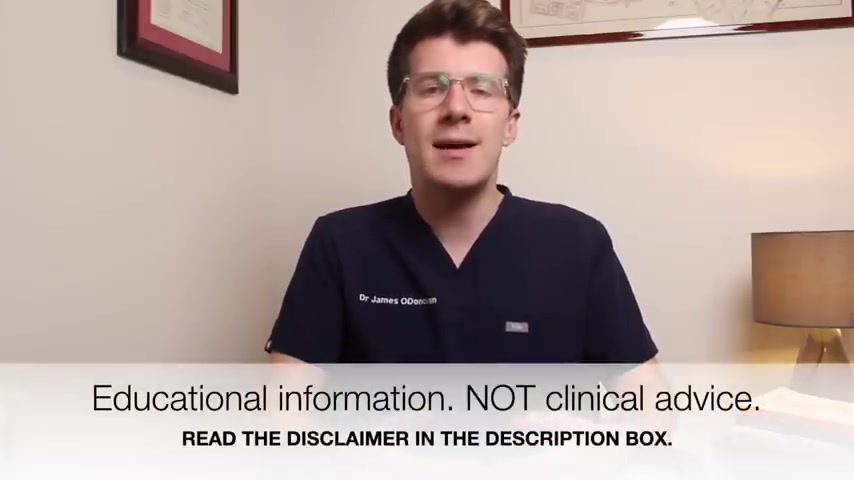
These are going to be found in the description box , and there's lots more useful information contained within these links .
Finally , I've got to stress this has been designed as an educational video .
It's not a clinical advice video for legal reasons .
Please do read the full disclaimer in the description box as ever .
Thank you for watching .
And until next time Bye .

Are you looking for a way to reach a wider audience and get more views on your videos?
Our innovative video to text transcribing service can help you do just that.
We provide accurate transcriptions of your videos along with visual content that will help you attract new viewers and keep them engaged. Plus, our data analytics and ad campaign tools can help you monetize your content and maximize your revenue.
Let's partner up and take your video content to the next level!
Contact us today to learn more.